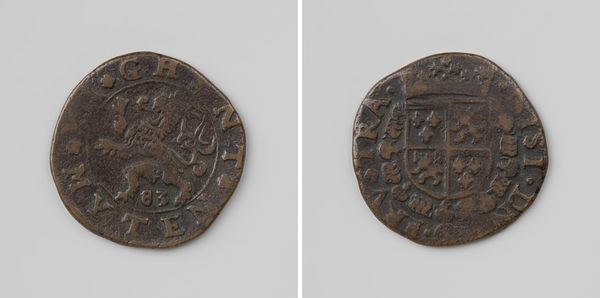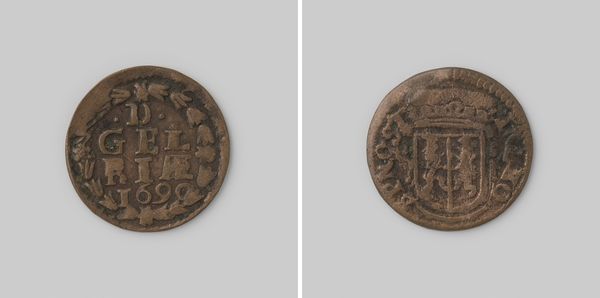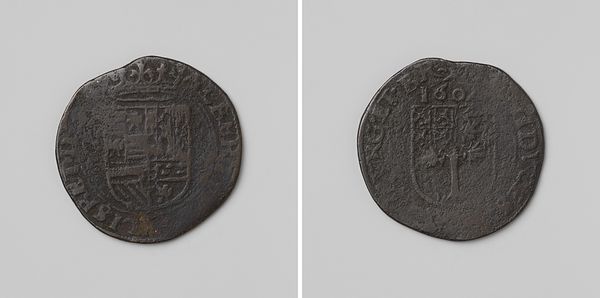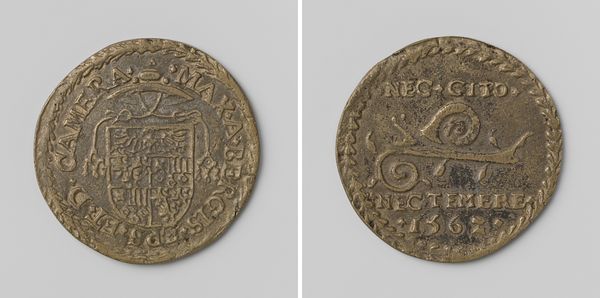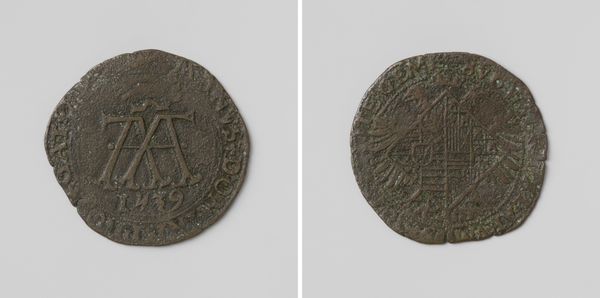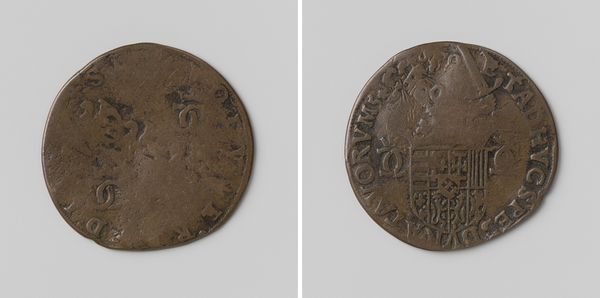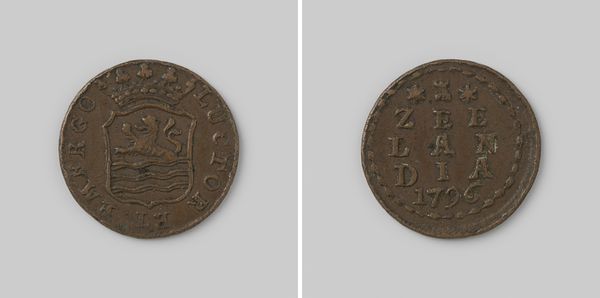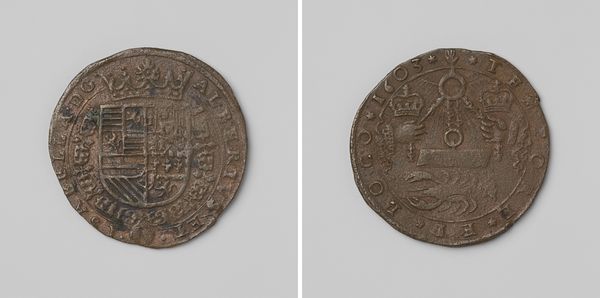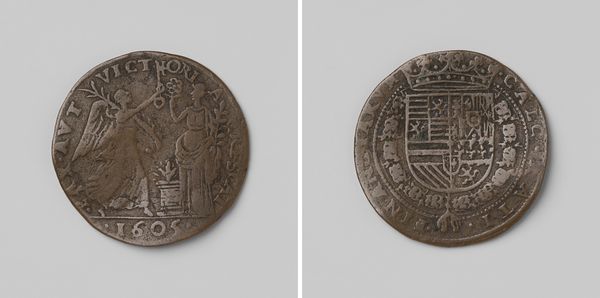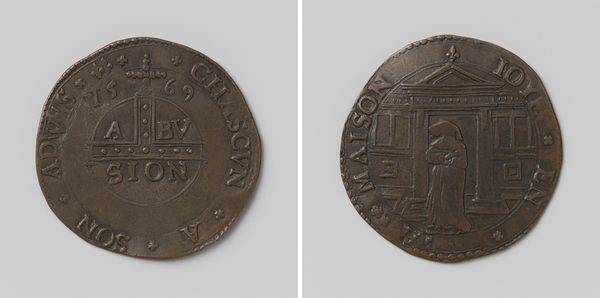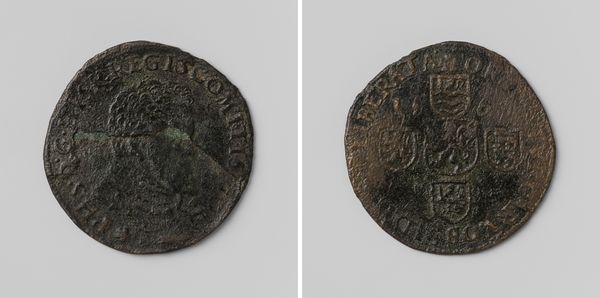
metal, relief
#
medieval
#
metal
#
relief
#
carved
#
coin
Dimensions: diameter 2.5 cm, weight 4.64 gr
Copyright: Rijks Museum: Open Domain
Editor: So, this is a metal coin titled "Hollandse oord op naam van Philips II," dating back to 1576. I’m struck by the contrast between its small size and the immense power it represents. What's particularly interesting about this piece to you? Curator: Well, this seemingly simple object provides an entry point to understanding the political economy of the 16th century. Look at the materials: the very metal used speaks volumes about resource extraction, trade routes, and the technological capabilities of the time. Who controlled the mines? Who were the laborers refining it? How did it circulate? Editor: So it’s less about the artistry of the coin and more about its life as a commodity? Curator: Precisely! Consider this coin's role in financing wars or funding the lavish lifestyles of the ruling elite. Who was benefiting from it? What can it tell us about the early capitalist system taking shape, and how wealth, power, and status were enforced through this exchange? Also, notice the deliberate crafting here. It's designed for easy use, wear, and also long life, right? This object tells us so much about social life as people experienced it day to day. Editor: That really changes how I see it. It’s not just an artifact; it's a trace of those relationships. Thinking about labor makes it far more concrete and alive! Curator: Exactly! These 'mundane' objects help dismantle that high art versus craft binary because they embody an intrinsic purpose beyond aesthetics: utility, distribution, and circulation. Editor: I guess it gives tangible context to economic policy - an area easily abstracted from history books. I will never look at money the same again! Curator: Indeed! Approaching the study of artifacts through materiality enables us to reframe discussions concerning labour, use, and societal evolution from unique standpoints.
Comments
No comments
Be the first to comment and join the conversation on the ultimate creative platform.
